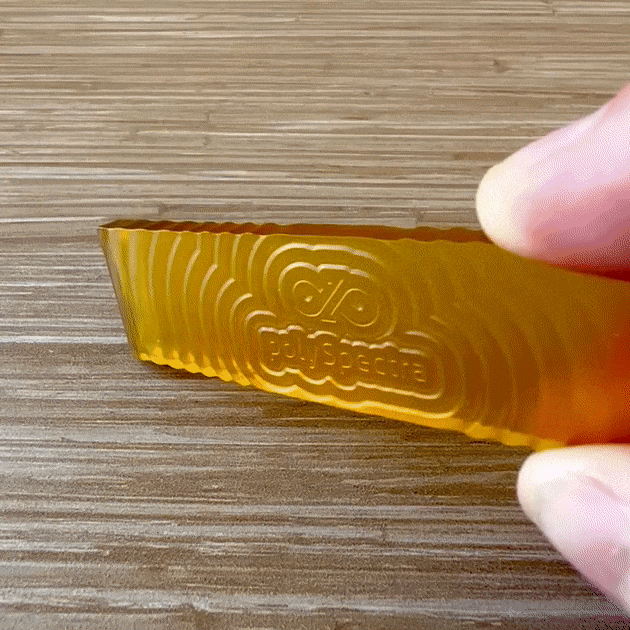Hardness in Photopolymer Resin 3D Printing
Introduction
Hardness in the context of photopolymer resin 3D printing is a critical material property that influences the performance and applicability of printed parts. It is a measure of a material’s resistance to indentation and has implications for the durability, wear resistance, and functionality of 3D printed components. This report provides an analysis of selected sources that contribute valuable insights into the role of hardness in photopolymer resin 3D printing technologies such as stereolithography (SLA), vat photopolymerization, and polymer additive manufacturing.
Source Analysis
Springer Article on Photopolymer Resin
- Relevance: The Springer article delves into the chemistry of photopolymer resins and the mechanical properties of 3D printed objects. It is relevant for understanding how hardness is affected by the resin formulation and the printing process.
- Reliability: Published in a peer-reviewed journal, this source offers a high level of scientific credibility and detailed analysis, making it a reliable resource for academic and technical research.
- Significance: The article is significant as it discusses the need for further research on the mechanical properties of photopolymers, including hardness, and how they are influenced by factors such as photoabsorbers and interlayer cohesion.
Frontiers in Materials Article on Vat-Photopolymerization
- Relevance: This article is relevant as it classifies additive manufacturing technologies and highlights vat-photopolymerization for its high-quality surface finishing and resolution, which are related to the hardness of the materials used.
- Reliability: As a peer-reviewed article, it provides a trustworthy source of information on the subject, backed by scientific research and analysis.
- Significance: The source is significant for its discussion on the potential of vat-photopolymerization in industrial production, where hardness is a key factor in the performance and quality of printed parts.
ScienceDirect Article on Ceramic Vat Photopolymerization
- Relevance: This article examines the rheological behavior of ceramic suspensions for vat photopolymerization, which is relevant to understanding how hardness can be optimized in ceramic-based photopolymer resins.
- Reliability: Published in a reputable scientific journal, the article offers a reliable examination of the technical aspects of vat photopolymerization, particularly for high-performance ceramic parts.
- Significance: It is significant for its focus on the formulation of suspensions that achieve the desired hardness and other mechanical properties in ceramic 3D printed components.
NCBI Article on Photopolymer Material Classification
- Relevance: The NCBI article provides a classification of photopolymer materials, including their mechanical and chemical properties, where hardness is a key attribute.
- Reliability: As a resource from a government database, it is considered reliable and offers a comprehensive overview of different types of photopolymer resins and their uses.
- Significance: The article’s significance lies in its detailed description of the various photopolymer resins, including those with specific hardness characteristics for different applications.
ScienceDirect Article on Vat Photopolymerization Additive Manufacturing
- Relevance: This review article discusses vat photopolymerization’s advantages in printing speed, geometry precision, and material versatility, including the ability to print with materials of varying hardness.
- Reliability: The article is published in a peer-reviewed journal, ensuring a high level of reliability and academic rigor.
- Significance: It is significant for its comprehensive review of vat photopolymerization technology and its implications for the development of materials with tailored hardness properties.
ScienceDirect Article on Multi-Material Stereolithography
- Relevance: The article discusses multi-material 3D printing, which includes the integration of materials with different hardness levels to achieve multi-functionalities in a single object.
- Reliability: As a peer-reviewed source, it provides a reliable insight into the advancements in stereolithography that allow for the combination of hard and soft materials.
- Significance: Its significance is in the exploration of how hardness plays a role in the development of multi-material printing and the resulting functional properties of printed objects.
ScienceDirect Article on Vat Photopolymerization with Functional Materials
- Relevance: This article is relevant for its discussion on the development of vat photopolymerization systems and the importance of material properties, including hardness, in achieving high-quality prints.
- Reliability: Published in a scientific journal, the article is a reliable source for understanding the interplay between material properties and printing technology.
- Significance: The source is significant for its focus on the impact of polymers' hardness on the absorption of light and curing depth, which are crucial for the quality of the final printed product.
Conclusion
The importance of hardness in photopolymer resin 3D printing is multifaceted, affecting the durability, wear resistance, and functionality of printed parts. The sources analyzed in this report provide a comprehensive view of how hardness is considered and optimized in various 3D printing technologies, including SLA, vat photopolymerization, and polymer additive manufacturing. Each source contributes valuable insights into the role of hardness from both industry and academic perspectives, offering a balanced understanding of this critical material property.
Researchers and professionals in the field of 3D printing can rely on these sources to deepen their understanding of hardness and its implications for the design and production of 3D printed components. The combination of industry insights and peer-reviewed research offers a robust foundation for further exploration and innovation in the development of photopolymer resins with tailored hardness properties for diverse applications.
